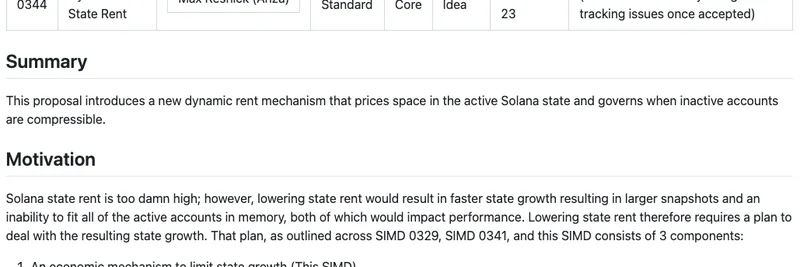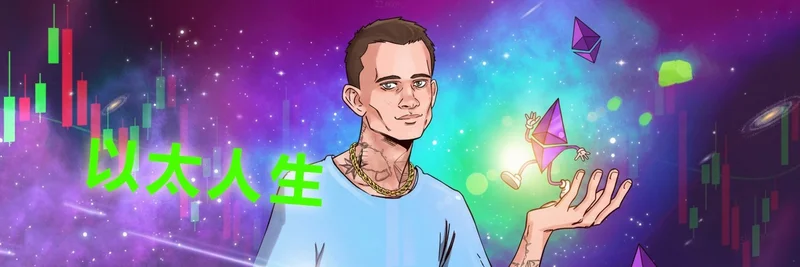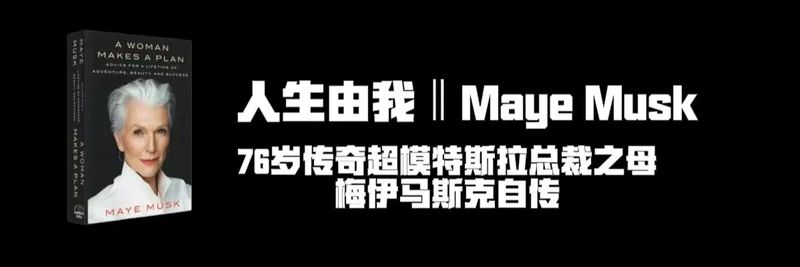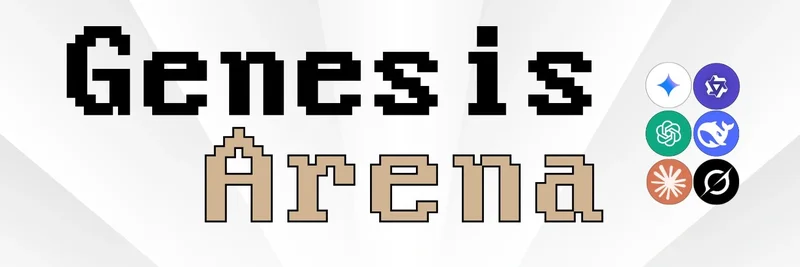If you've been keeping an eye on Solana's evolving ecosystem, especially with the explosion of meme tokens driving up activity, you'll want to pay attention to the latest buzz from Anza. In a recent thread on X (formerly Twitter), the team at Anza shared details about SIMD-0344, a proposal that's set to revolutionize how Solana handles state rent. This isn't just tech jargon—it's a practical solution to one of the blockchain's biggest headaches: runaway state growth.
Why State Rent Matters in Solana's World
State rent on Solana is basically the fee you pay to keep your data—like accounts and smart contracts—stored on the network. Right now, it's a fixed cost, but as the network grows (thanks in part to the meme token frenzy creating countless new accounts), storage demands are skyrocketing. This can lead to higher costs and slower performance if not managed well.
Enter SIMD-0344, proposed by Max Resnick from Anza. As highlighted in the thread (view the full thread here), this introduces a dynamic rent system that adjusts based on the network's actual state size. Think of it like surge pricing for storage: when space gets tight, rent goes up to encourage efficient use. This keeps things accessible without letting inactive accounts hog resources.
How Dynamic State Rent Works
The proposal uses an "integral controller" to monitor the network's state size against a target threshold. If things exceed the limit, rent rates increase over time. Here's the breakdown:
- Upfront Payments on Creation: New accounts pay rent for 15 epochs (about 2-3 days each) in advance. This ensures they're committed from the start.
- Slot-Based Ongoing Rent: After that, rent shifts to a per-slot basis (slots are tiny time units in Solana, around 400ms each), making it more granular and fair.
- Transaction-Level Charges: When you write data to an account via a transaction, you pay rent right then and there.
This adaptive approach means rent stays low during quiet periods but ramps up when the network is bustling—perfect for handling meme token launches that can spike activity overnight.
The Smart Twist: Compression Over Deletion
One of the coolest parts? Instead of outright deleting accounts that fall behind on rent, the system compresses them into compact hash commitments. These take up way less space and can be "decompressed" later by paying up the owed rent. It's like archiving old files without losing them forever.
This ties in beautifully with related proposals:
- SIMD-0329: A predicate system to decide which accounts can be compressed from the global state.
- SIMD-0341: A compression scheme for safe, recoverable removal of inactive accounts.
Together, they form a trifecta for sustainable state management—no hard caps or manual cleanups needed.
What This Means for Meme Token Creators and Users
For those in the meme token space on Solana, this is huge. Meme projects often spin up tons of accounts for tokens, NFTs, and communities, contributing to state bloat. With dynamic rent, costs become more predictable and tied to actual usage, potentially lowering barriers for new launches while discouraging spam. It could lead to a healthier ecosystem where innovative memes thrive without overwhelming the network.
If you're a developer or enthusiast, head over to the GitHub discussion (link here) to weigh in. Solana's community-driven improvements like this are what keep it at the forefront of blockchain tech.
As Solana continues to dominate the meme token scene, proposals like SIMD-0344 ensure it scales smartly. Stay tuned for more updates— who knows what meme-worthy innovation comes next?




